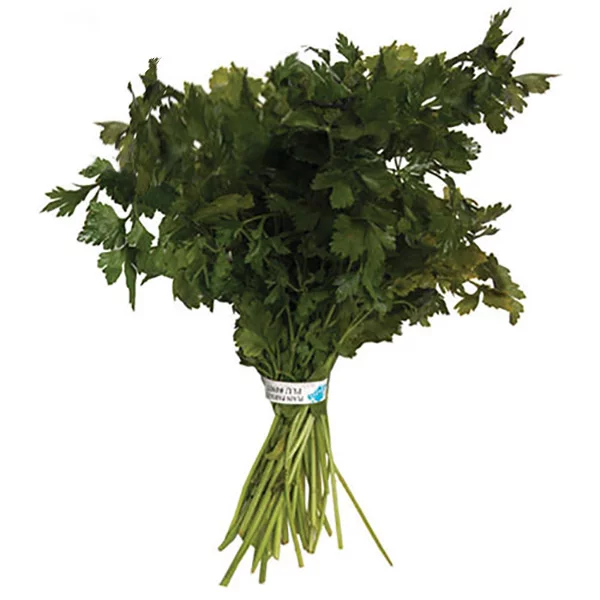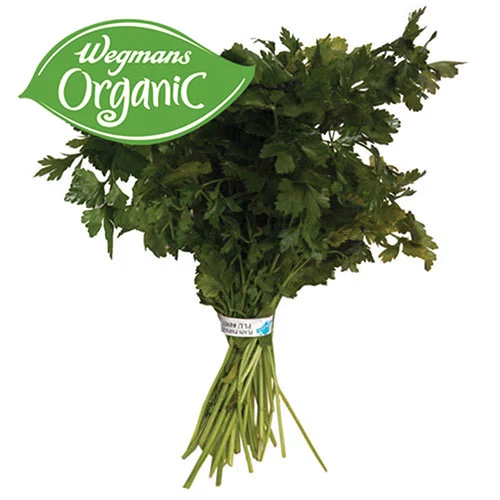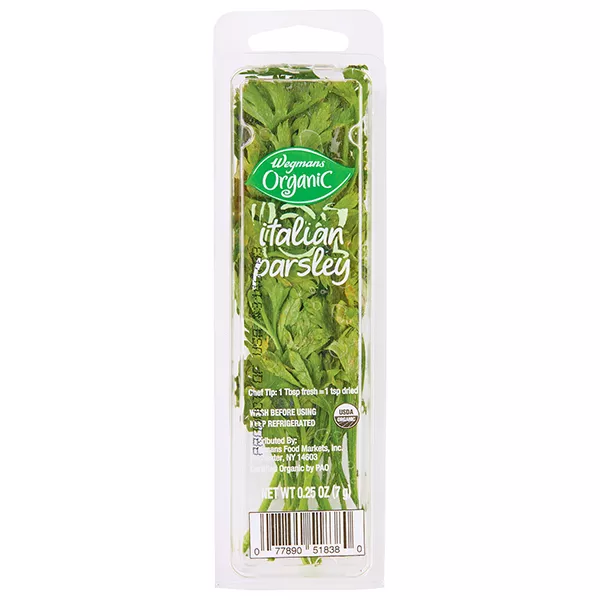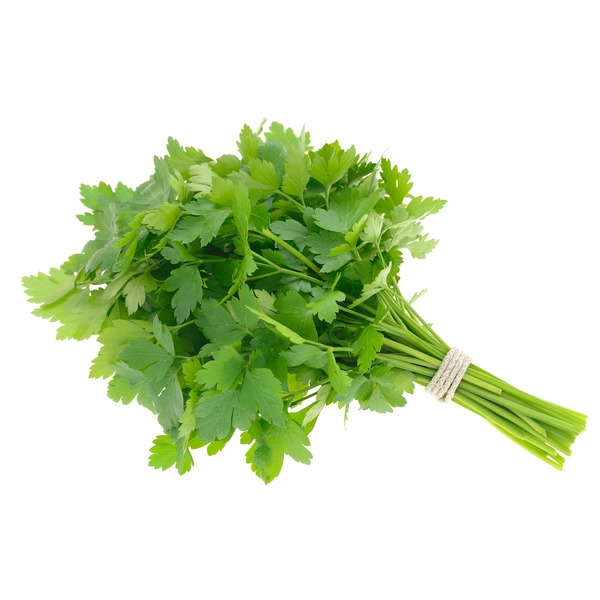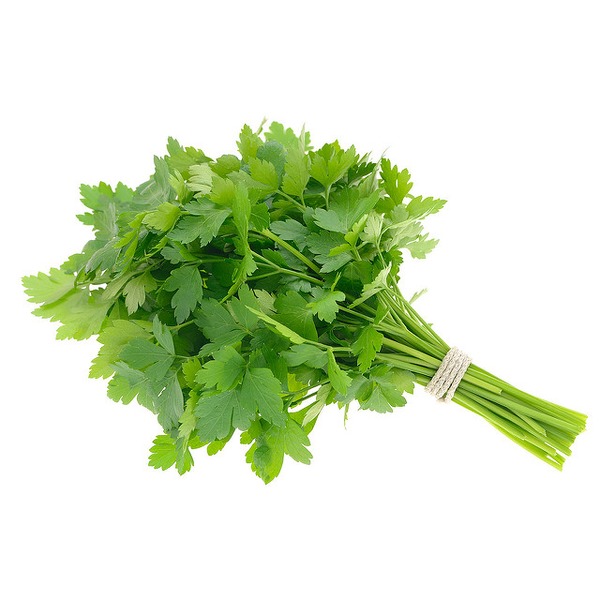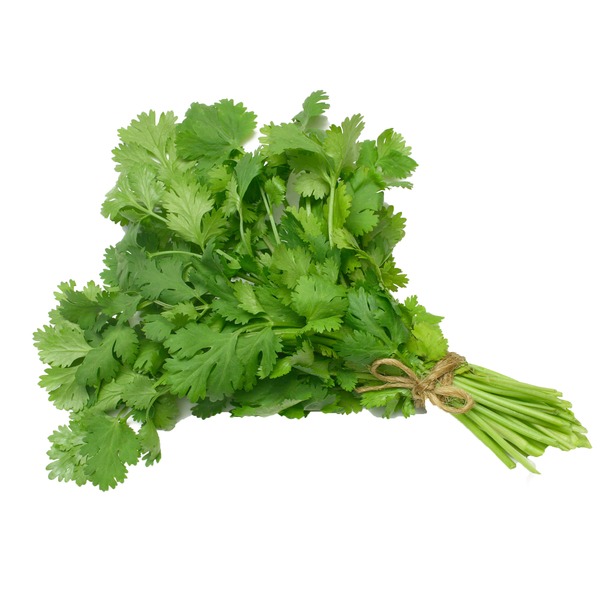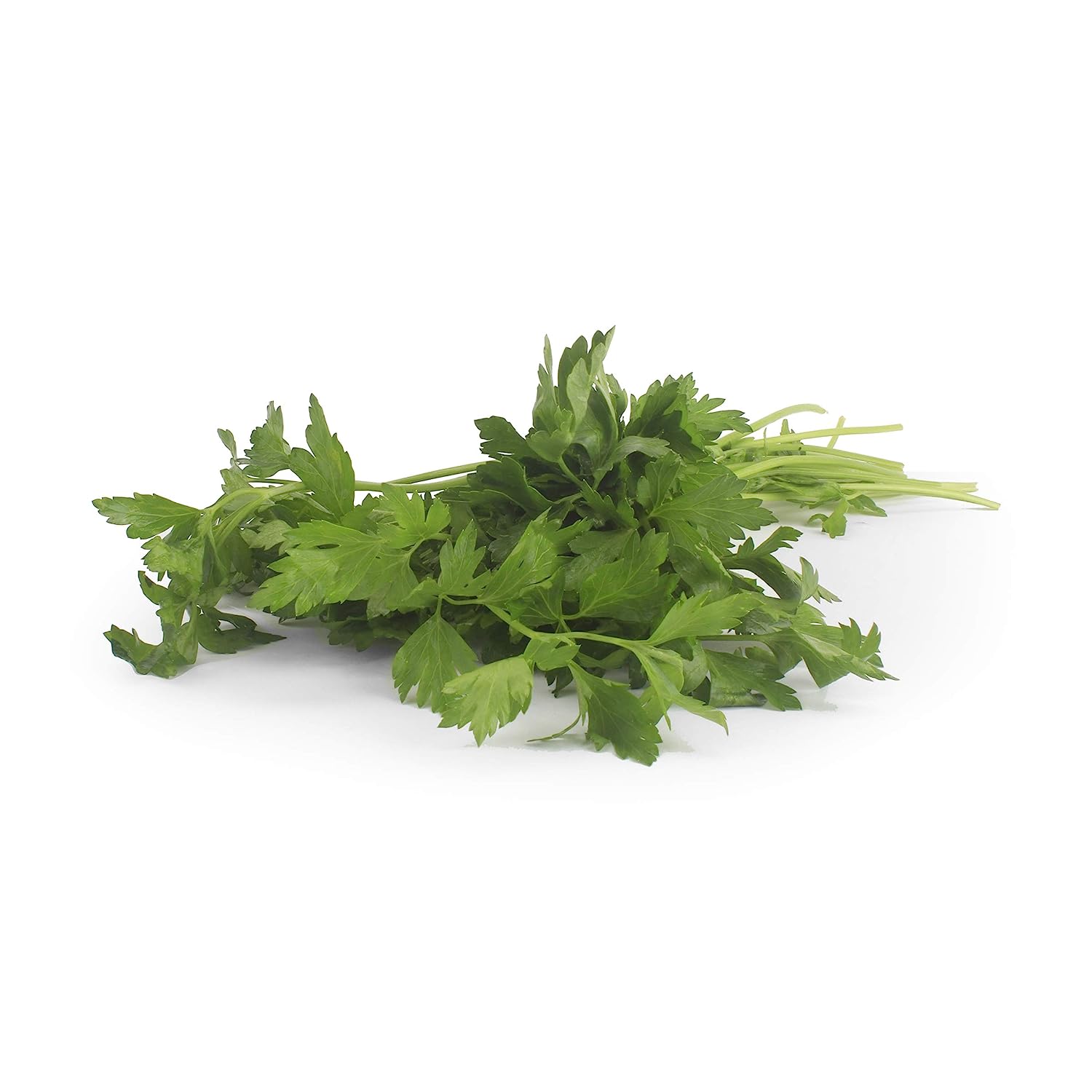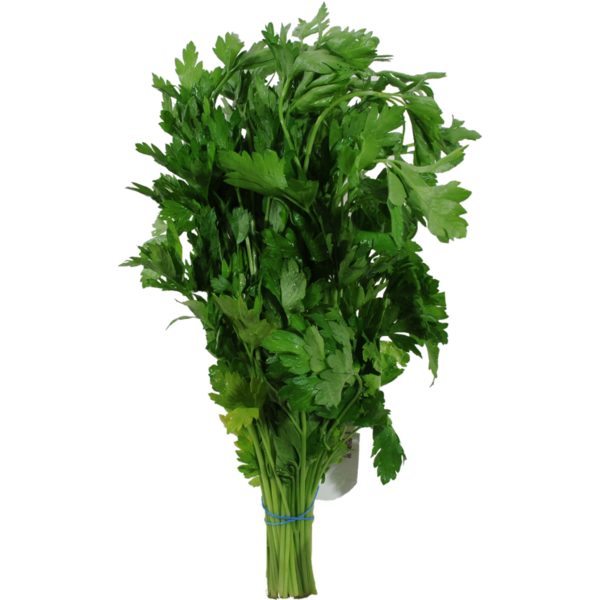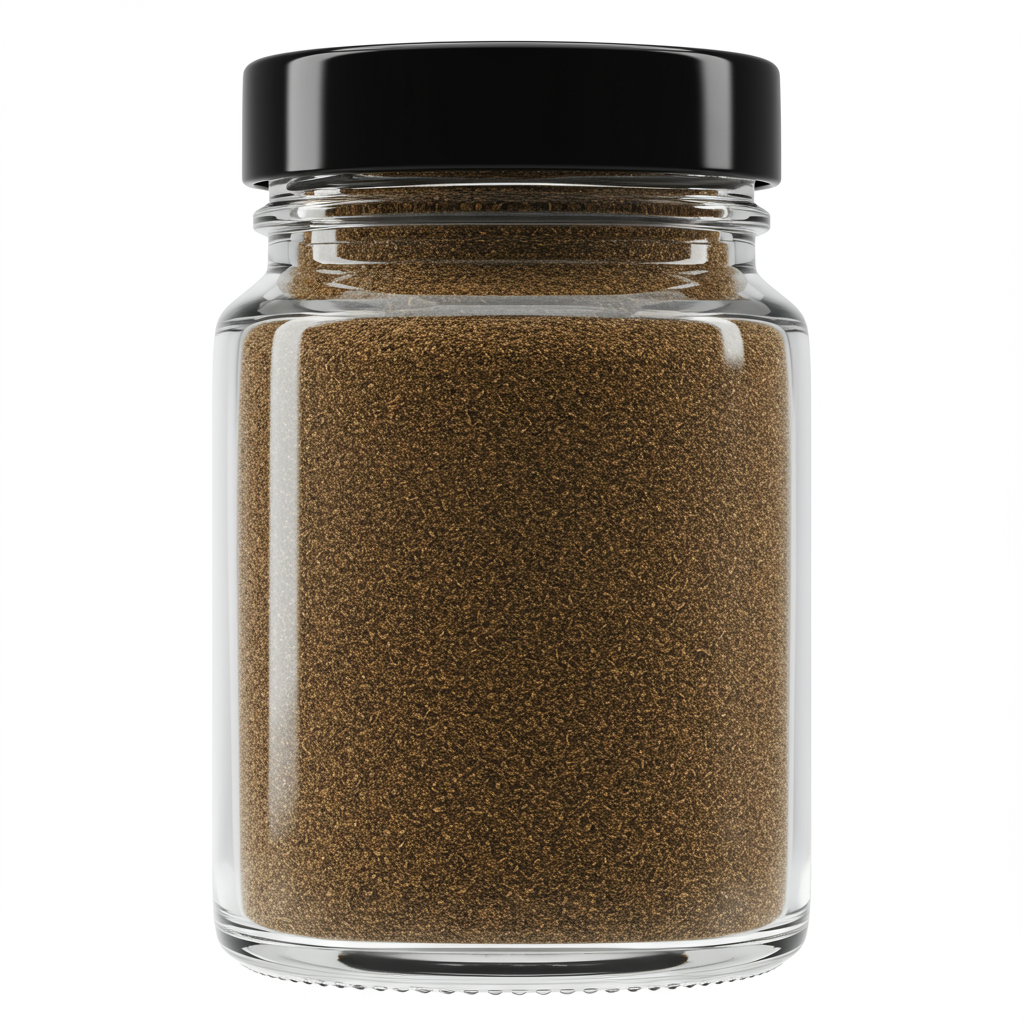SALADS
SOUPS
MAIN DISHES
Fresh Parsley
Fresh parsley is a popular herb known for its bright green, slightly serrated leaves and mildly peppery, fresh flavor. Generally used as a garnish and ingredient in various culinary dishes, it belongs to the Apiaceae family and comes in two main varieties, namely flat-leaf Italian parsley and curly-leaf parsley. This versatile herb is packed with nutrients, including vitamins A, C, and K, making it more than just a decorative addition to a meal.
Incorporating fresh parsley into your home-cooked meals is a delightful way to enhance both taste and aesthetics. It can be added to salads, soups, and sauces or be used as a final touch to elevate pasta, meat, and seafood dishes. Chopping fresh parsley leaves at the end of a dish's preparation ensures that the vibrant color and subtle flavor are preserved.
63%
CARBS
8%
FAT
29%
PROTEIN
1,186 Fresh Parsley Products
Used In 2,694 Recipes
3
Smoky Sausage, Pepper and Rice Medley
6
Cheesy Beef Chili Mac with a Twist
6
Creamy Chicken Alfredo with Broccoli
5
Herb-Infused Garlic Butter Chicken and Potato Skillet
4
Cheesy Chicken Bacon Ranch Broccoli Bake
4
Garlic Brown Sugar Glazed Chicken Thighs
4
Creamy Chicken, Bacon and Ranch Bake
6
Golden Garlic Butter Chicken
Fresh Parsley Is Frequently Used With
Fresh Parsley FAQ
When cooking with fresh parsley, the most common questions generally revolve around when to add it in during the cooking process, how to wash and store it, and how to chop it properly. Often, people mar their parsley experience by adding it too early in the cooking process which leads to its flavor being lost. Parsley is best added towards the end of cooking to retain its fresh, vibrant flavor and color. A common mistake is not washing parsley thoroughly which can leave grit behind. Proper washing involves submerging parsley in a bowl of water and swishing around to help dislodge any dirt. Chopping parsley properly is also key for the best texture and flavor; over-chopping can bruise the leaves and cause flavor loss.
To get the most out of fresh parsley, ensure you choose parsley that is deeply green and fresh looking, with no wilting or yellowing leaves. It pairs wonderfully with a variety of other flavor profiles and boosts the nutritional content of your dish. Chopping parsley releases its aromatic oils that can give a lovely layer of flavor to your dish.
Here are some lesser known tips about using fresh parsley: you can freeze parsley for up to 12 months if you chop it up, place it in an ice cube tray, cover it with water, and freeze. This allows you to have fresh-tasting parsley year-round. Additionally, using the stems of parsley can add an extra layer of flavor to your dish; they hold a more concentrated flavor than the leaves and work well in stocks and sauces. Finally, while most people think of parsley as a garnish, it can stand on its own in dishes like tabbouleh where it's the main ingredient; thus, don't be afraid to experiment with its usage.
Should I use flat-leaved or curly parsley?
When should I add parsley in the dish?
How can I ensure my parsley is clean before using?
How to chop parsley without it getting mushy?
Can I cook with parsley stems?
Can I freeze parsley for later use?
What are some unexpected uses for parsley?
A recipe calls for dried parsley. Can I use fresh instead?
How do I maintain the flavor of parsley in my dish?
Can parsley be used in sweet dishes?
Substitutes

Parsley Paste

Curly Parsley

Parsley Plant

Fresh Cilantro

Fresh Oregano

Fresh Thyme

Thai Basil

Basil Paste

Cilantro Paste

Italian Herbs Paste
See All
Health Info
Macros
0g
CARBS
0g
FAT
0g
PROTEIN
Allowed on these diets
LOW FAT
HIGH CALCIUM
VEGETARIAN
KETO
PALEO
WHOLE 30
MEDITERRANEAN
LOW CARB
VEGAN
LACTOSE FREE
GLUTEN FREE

